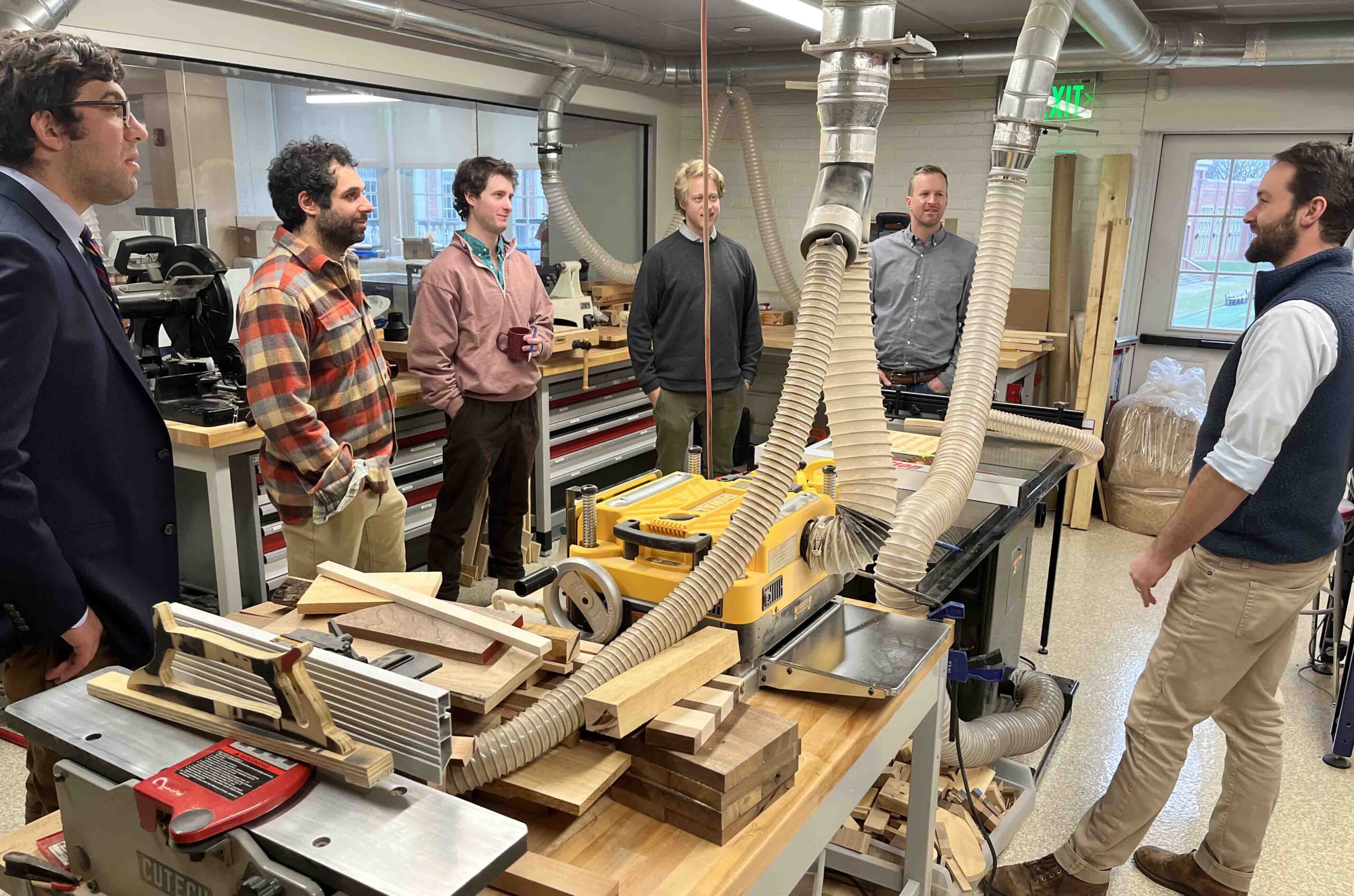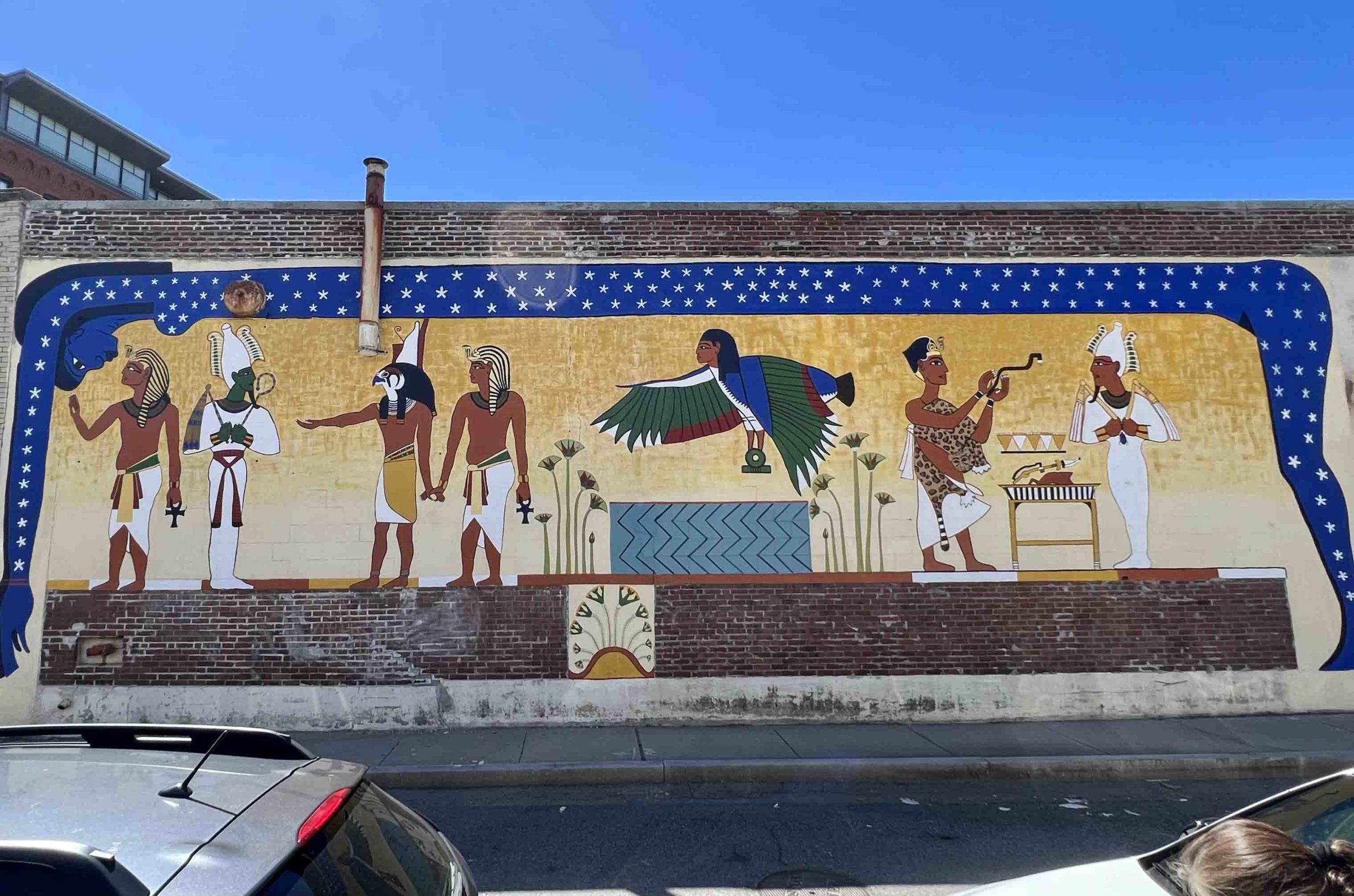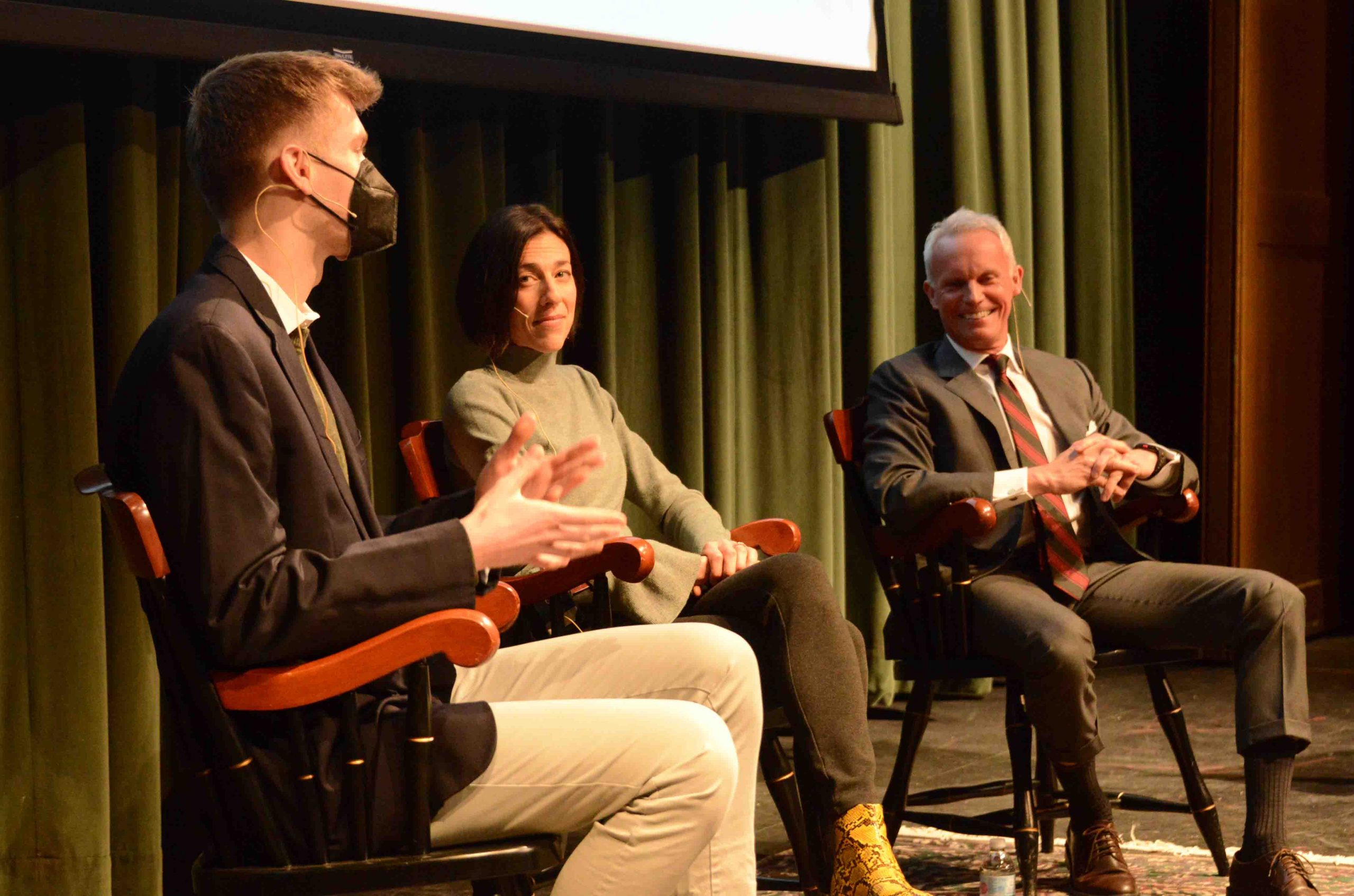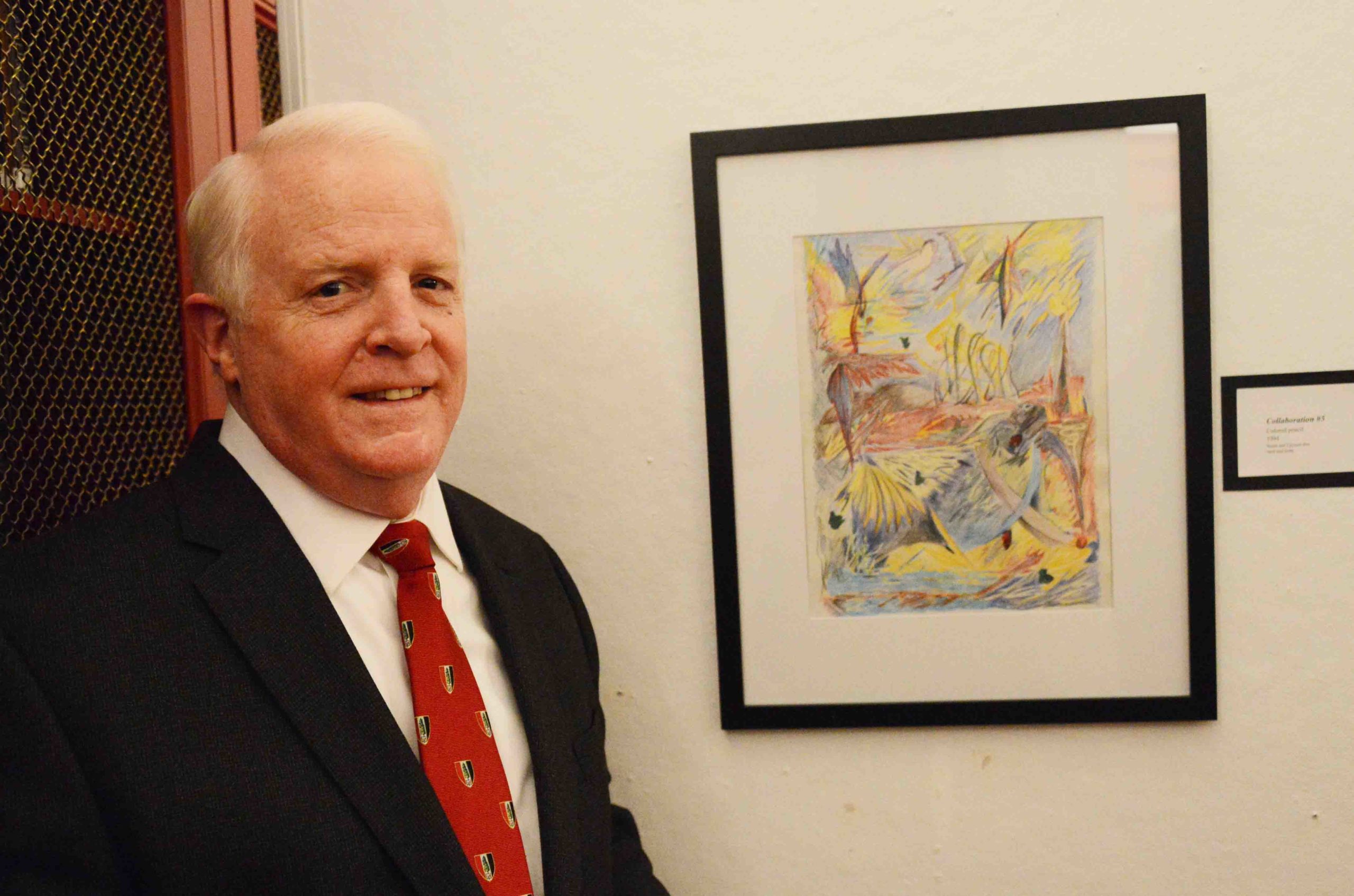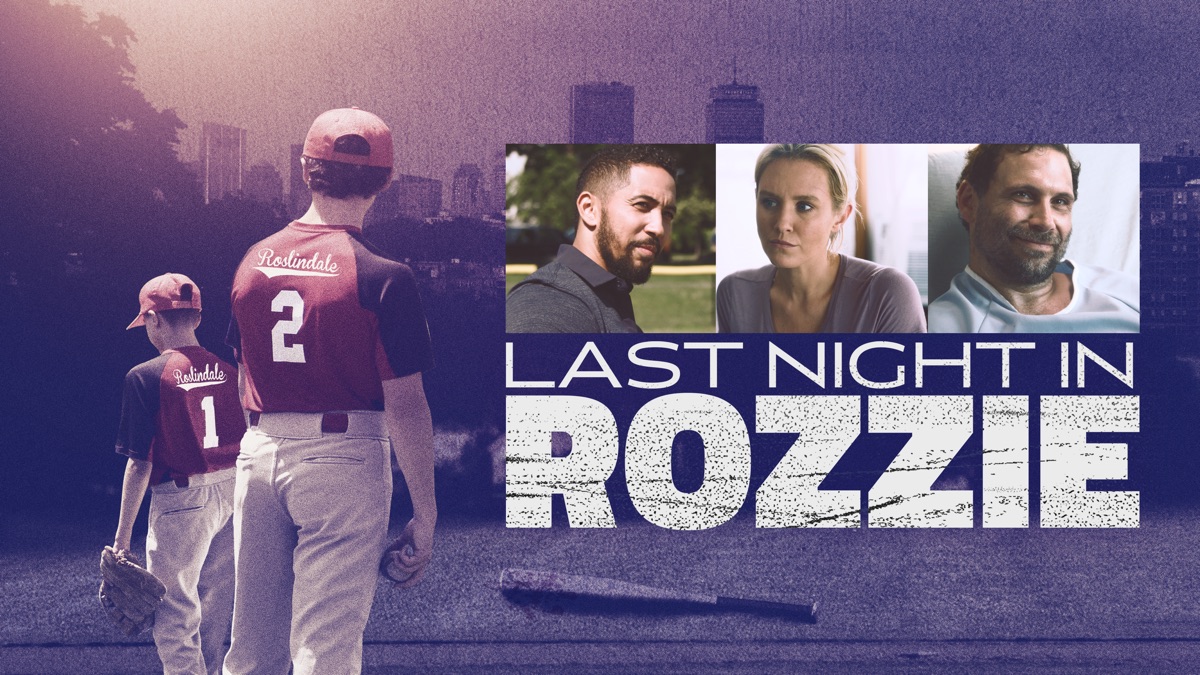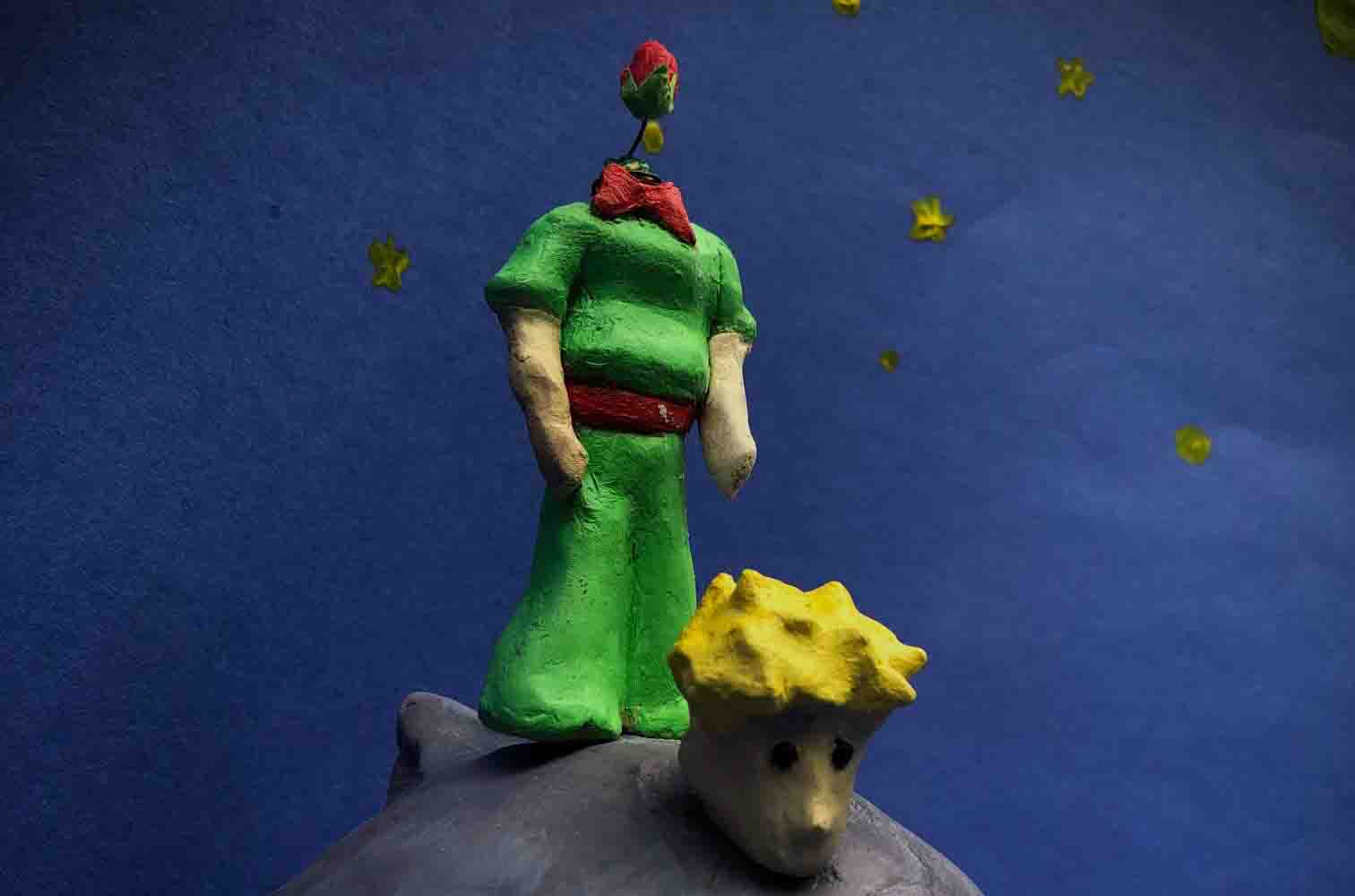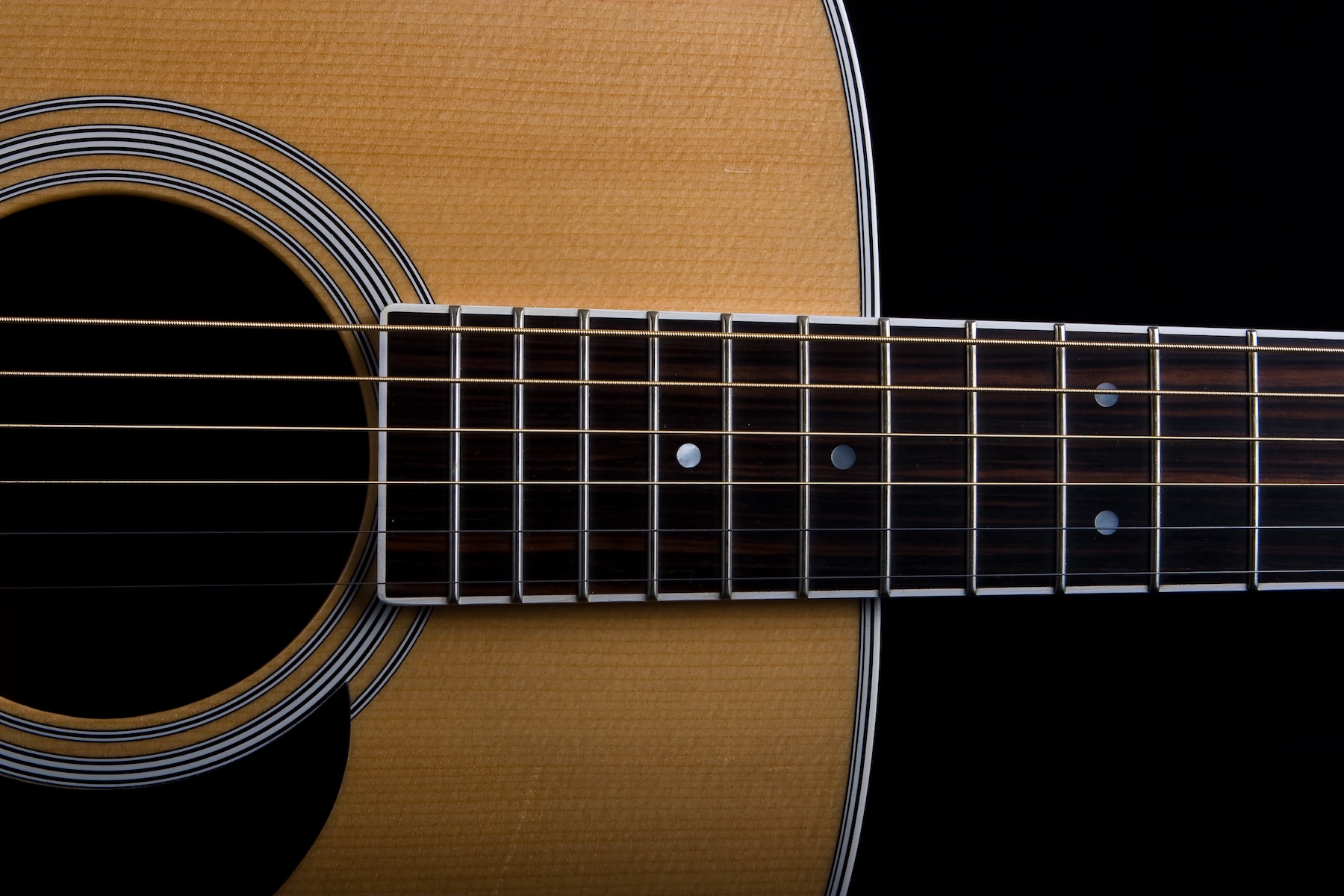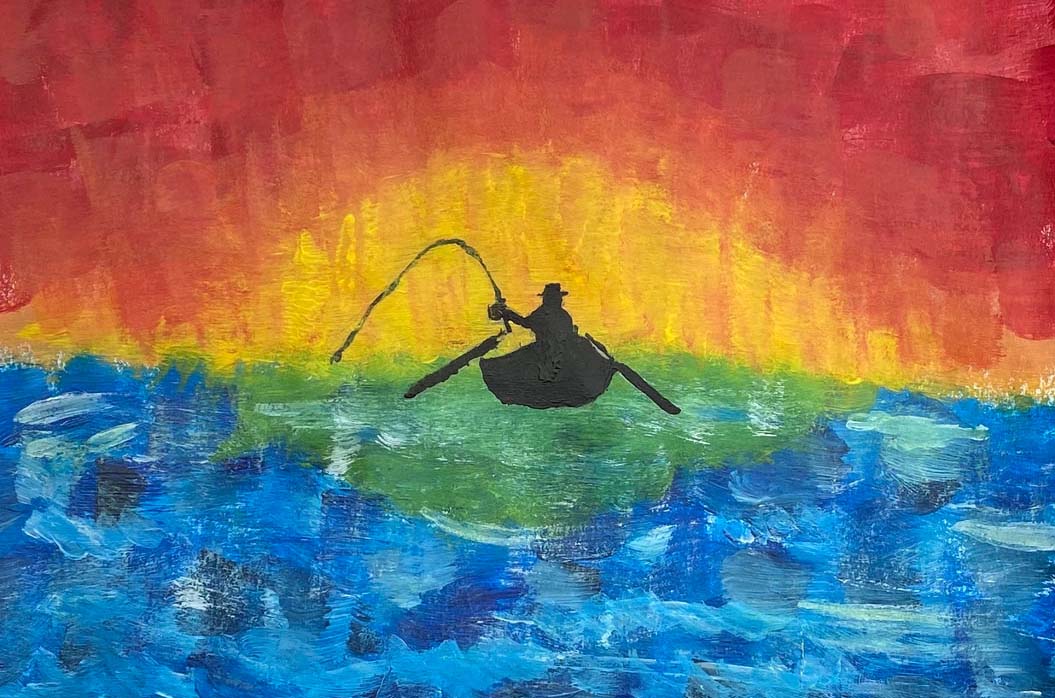This year’s Winter Art Exhibit, currently on display in the Great Hall, features the work of four alumni who have combined science, math, and artistry to create careers focused on woodworking and carpentry, architecture and design. They and their work have become known entities in Boston’s humming furniture and construction scene, having been featured in Boston Magazine and the Boston Globe Magazine. This month all four of these grads were with us on campus celebrating the exhibit and spending time talking with students, faculty, parents, and fellow alumni about their crafts.
Lucas Robertson, Class of 2000, and Tim Pingree, Class of 2002, together founded SHAKE Architecture and Construction in 2017, to marry their parallel disciplines—of building and architecture respectively—into a seamless, holistic approach to design and construction.
Lucas is a licensed contractor with 15 years of building experience. A Dartmouth College graduate, he studied further at Yestermorrow Design Build School, and has worked as a framer and finish carpenter in California and throughout New England. Lucas oversees Shake’s project construction and coordination while personally leading many of the critical aspects of each project, from framing to finish carpentry.
Tim is a licensed architect with a diverse educational and professional background. A graduate of Williams College, Tim earned his master’s in architecture from the Harvard Graduate School of Design. In addition to working for builders and fabricators, Tim’s professional experience includes positions at architecture firms in San Francisco, in Cambridge, and most recently with William Rawn Associates in Boston. Tim leads Shake’s design process from concept through construction documents and construction administration.
Together, Lucas and Tim strive to create projects that are carefully designed and built to exceed owners’ expectations, and that contribute positively to the surrounding community and greater environment.
Zack Hardoon, Class of 2005, and Kevin Mullin, Class of 2010, are carpenters and craftsmen with Cannon Hill Woodworking, a custom furniture shop founded by Zack and their colleague Sam O’Leary. Their team specializes in crafting residential and commercial tables and benches, desks and bars, kitchen islands and shelving.
After graduating from the University of Pennsylvania, Zack spent two years as an elementary school teacher in both Boston and San Francisco before becoming a professional carpenter. He got his start with Robertson Design Build, now Shake Architecture and Construction, in high-end residential remodel and new construction projects. He took a break in 2016 to hike the entire Appalachian Trail from Georgia to Maine. Prior to founding Cannon Hill, Zack spent years building tables in the Boston area. With the Cannon Hill team, he has built and delivered more than 500 unique custom tables.
After graduating from RL, Kevin went on to Boston College, where he earned a degree in English—harboring an ambition to learn furniture making the whole time. Originally a home builder by trade, Kevin met Zack on the job sites where they came up together. Kevin has worked with several high-end residential contractors in Boston and also ran his own carpentry subcontracting outfit. After helping out at Cannon Hill off and on over the years and assisting on the shop build-out, Kevin eventually joined the Cannon Hill team full-time. He now splits his time at Cannon Hill between the shop floor and the administrative side of the company.
On January 12, all four alumni joined us for a panel-style Hall in the Smith Theater, during which they discussed their varied career paths, shared what’s most rewarding about the work they do, and offered advice to anyone interested in pursuing a similar line of work. (Watch the entirety of their Hall presentation.) After Hall, they joined students in Engineering and Woodworking classes to further discuss their work in the context of what boys are learning. Finally, we were glad to welcome more than 60 alumni and friends, family and former faculty members to an opening reception of the Winter Art Exhibit, showcasing their work in person, as well as in video and images. The exhibit is available for viewing in the Great Hall through February 9.

